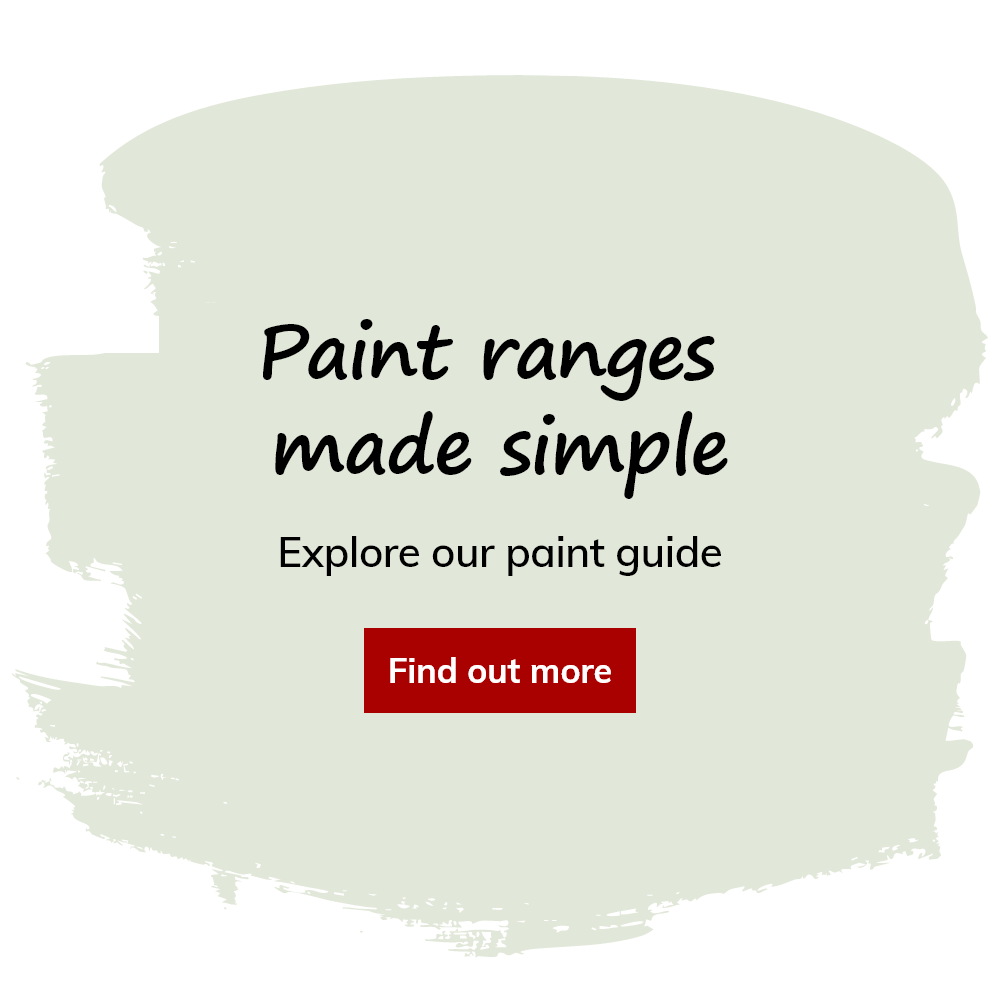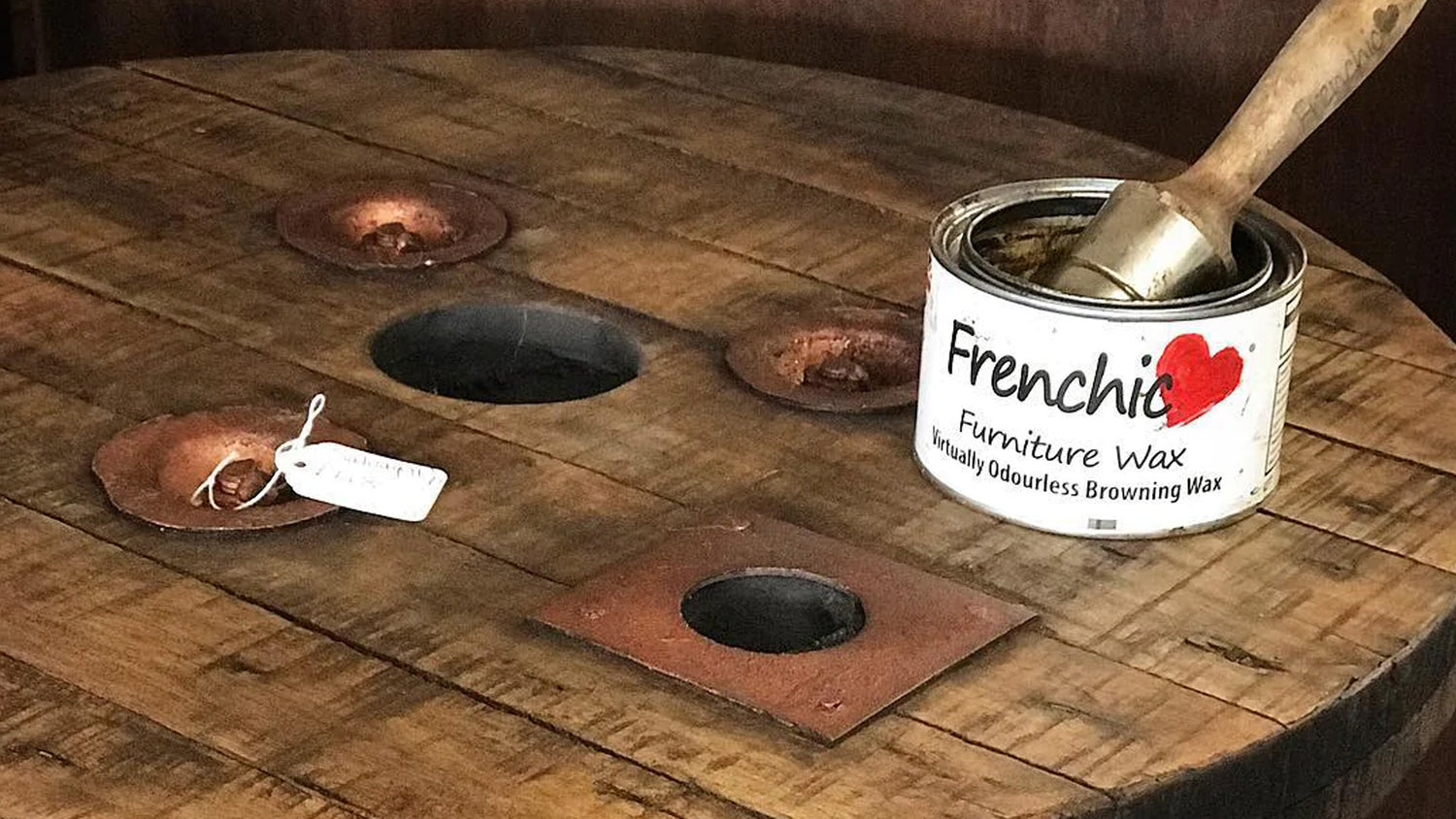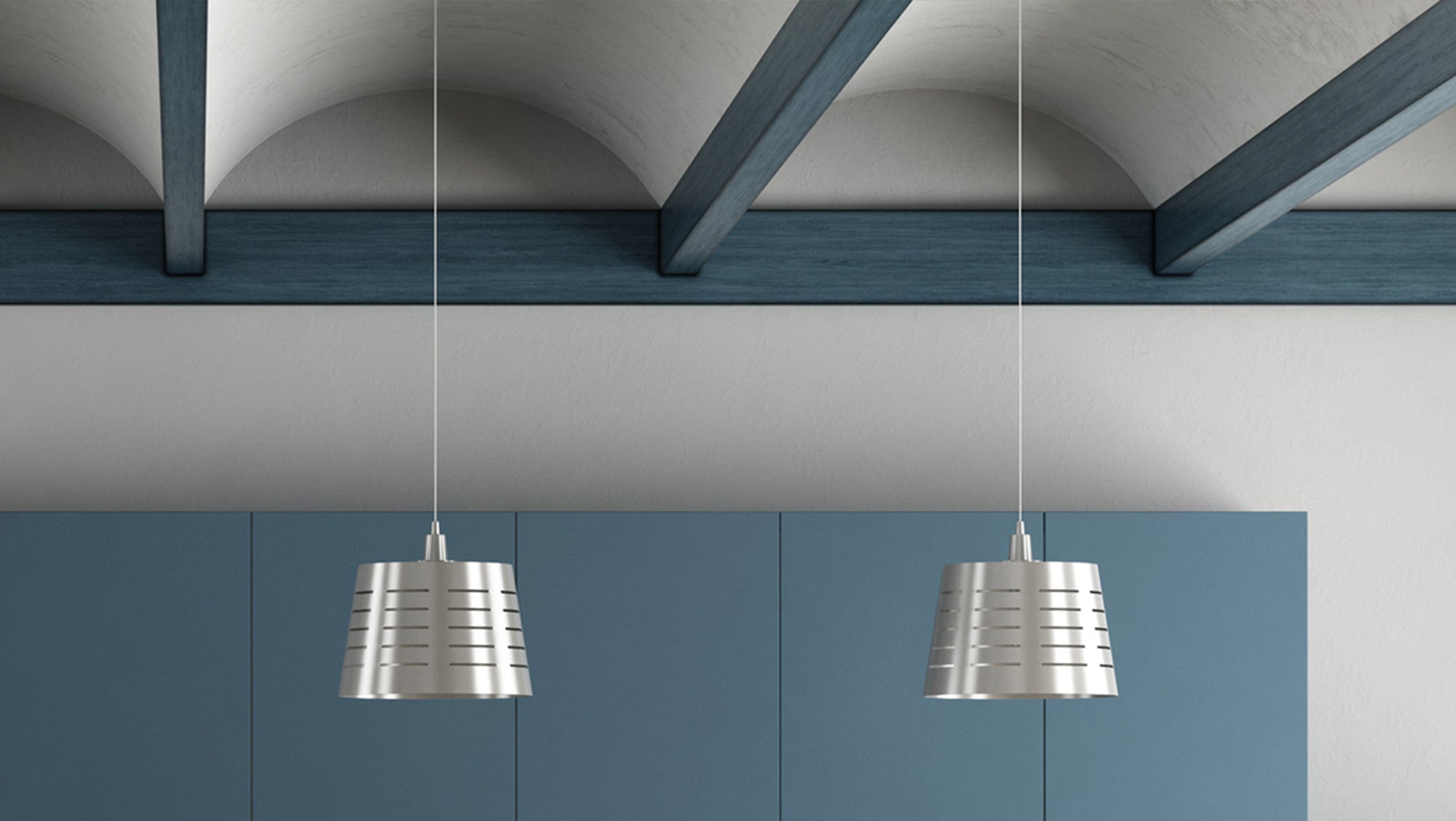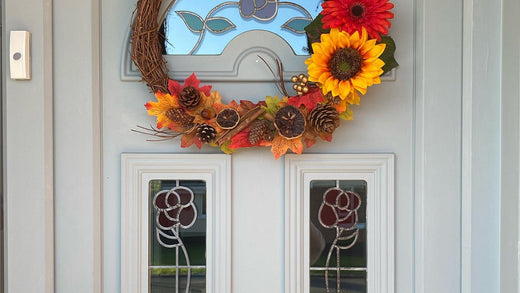When you’re putting so much care and attention into upcycling, refreshing or transforming furniture with chalk paint, it’s only natural that you’ll want the best wax to finish the job.
It can be critical when you’re using a traditional style chalk paint. But it’s actually not necessary for some modern products. Want to find out more? Read on as we wax lyrical about furniture wax for chalk paint, including when it’s required and what options are available.
Furniture wax for traditional chalk paint
If you are using a traditional-style chalk paint, you really do need to apply a sealant. That’s because traditional-style chalk paint is non-sealing by design. As well as being water-based and self-priming, it’s formulated to rub off easily, making it ideal when you want to get creative. Paint can be wiped off certain parts of your furniture for an aged look, for example, or you can layer different colours and wipe away one to reveal another.
But you still need to seal it after you’ve achieved the look you want with your colours. If you don’t use a sealant, the paint is not at all durable. It can wipe off when you try to clean it and will suffer damage easily. So, you’ll want to use a good wax or other sealant to protect your wonderful work. Compared to standard sealants, wax can add to the creative process as well as protecting the surface – more on this later.
Do all chalk paints need sealing?
While traditional-style products need sealing, not all chalk paints are the same. In recent years, new innovations in chalk and mineral paints have provided more options. You can now get the water-based formula and self-priming properties from paints that are also self-sealing, like Frenchic’s Al Fresco and Lazy Range.
Unlike traditional-style chalk paints, their durability means they are a little trickier to use for distressing or aging techniques. So, if you’re going for an artisan approach, you’ll find it simpler with our Original Artisan Range.
But it also means that the sealing process is not required, saving time and effort on a wide range of painting projects. That’s not to say that waxes can’t be applied. Specialist waxes can still enhance the look and character of the paints, as is the case for any kind of painted surface and many wooden surfaces too.
Can you use any kind of wax for chalk paints?
The best furniture wax for chalk paint is one that’s specifically formulated for that purpose. Ideally, you want one that’s soft and easy to apply, with a low odour that makes it nice to use.
Other than that, it comes down to what kind of finish you want for your furniture. When you’re going for an artisan look, learning how to use waxes is all part of the joy of this type of furniture painting, for example:
- Clear Wax is perfect for a basic seal, enriching the colour of bare wood and chalk paint.
- Defining Wax adds depth to furniture by defining any texture, panelling or carved detailing.
- Browning Wax is great for adding a rustic or aged look to a project by darkening the finish.
- White Wax offers a whitewashed, beachy look by toning down colours and wood tones.
Applying furniture wax for chalk paint
Here’s a brief overview of the steps involved when applying your choice of furniture wax:
- Prepare your surface. To ensure an even finish, remove any previous coatings from unpainted wood. Ensure painted surfaces have had a minimum of two coats and plenty of drying time.
- Use a wax brush to apply wax like paint, ensuring complete coverage into all corners and detailed areas. Let it soak in for 30-60 seconds.
- Wipe off excess wax with a soft cloth or paper towel, leaving plenty on the surface and in detailed areas if you’re using a coloured wax. Leave to dry for 20-30 minutes.
- Using a clean, soft, lint-free cloth, buff the waxed surface in a circular motion.
For more details and a great demonstration, check out our dedicated blog post and video guide on the process.
Do I have to use wax to seal chalk paint?
If your chalk paint requires a sealant, then you are not restricted to using a wax. There are other types of compatible sealants which can produce a similar look but can offer a more robust finish.
If you want a matte look, then check out Frenchic’s Tuff Top Coat. The heavy-duty sealant provides a flat finish that is heat resistant, hard-wearing and completely scrubbable. Or for a satiny finish, try Finishing Coat. It provides the same durability with a soft sheen look.
Both are super-simple to apply with a sponge or soft brush and can even be mixed to form glazes or used for other decorative techniques, offering many different style options. Here are some ideas from our brand ambassador, Craig Phillips:
- Metallic glaze – Mix Finishing Coat with a Frensheen mineral powder to create a paint-like consistency. Then brush on for a sealant with a shimmery finish.
- Decoupage – Add a paper image or pattern to your surface, then carefully apply Finishing Coat on top with a sponge for a durable, transparent finish.
When applying your sealant, you’ll want to make sure the item is fully dry. Use a clean, dry sponge or brush with a smooth, even motion. Wait for 30 minutes after applying the first coat, then apply a second coat for full protection.
The choice is yours!
Furniture wax is a must for traditional-style chalk paint – and a beautiful added extra for modern self-sealing paints. Whatever your preferences and requirements, Frenchic has purpose-made products for the best results.
Choose from our Original Artisan Range for traditional-style chalk paint or Al Fresco and Lazy Range for self-sealing simplicity. Then select your finishing touch from a choice of top coats and buttery waxes.
Don’t forget to share your results on Instagram and Facebook – or join the Frenchic Fan Forum for tips, advice and endless inspiration!








